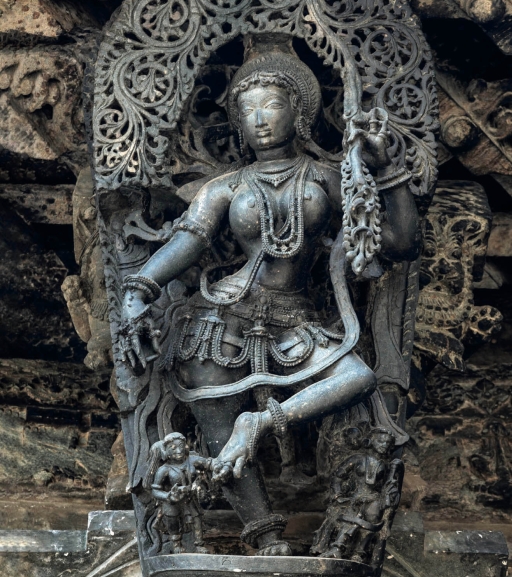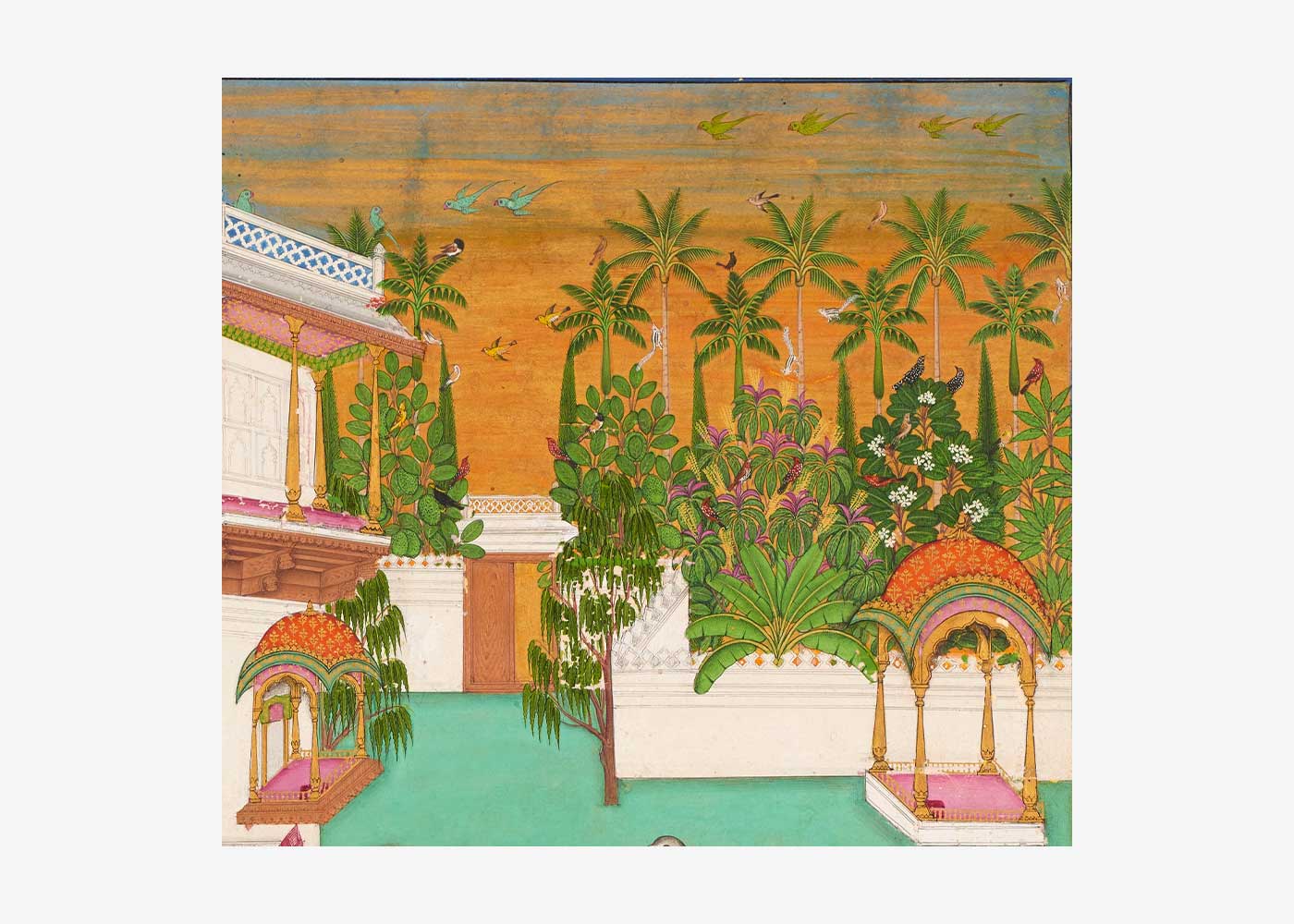Balsam and Betel Nut Palm: Botanical Representation in the Early Modern Deccan
9 April 2021
Naturalistic vegetal motifs and flower studies in the arts of early modern South Asia have been explained primarily in terms of Mughal interest in nature and the adaptation of imagery from printed European florilegia. The history of botanical representation in the Deccan, however, complicates this picture considerably. From the Deccan Sultanates through Mughal rule and beyond, the region saw the cultivation of several different modes of depicting plants, including a register of great botanical precision distinct from Mughal ‘naturalism.’ Moreover, these works capture a distinctive range of plant species and horticultural practices that correspond in part to larger literary developments across the subcontinent yet also serve to establish a distinctive regional visual-botanical vocabulary.
Watch the video below.
Speaker(s)

Nicolas Roth
Nicolas Roth received his PhD in South Asian Studies from Harvard University. His research explores the history of gardens and horticulture in early modern India, as well as the... Read More


